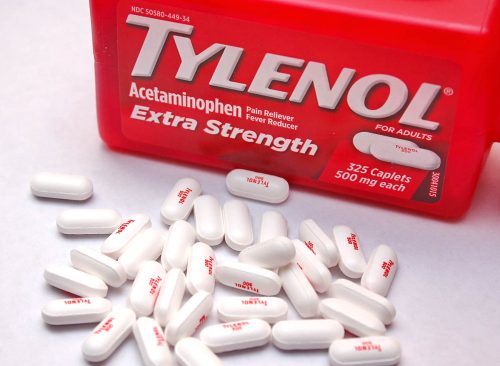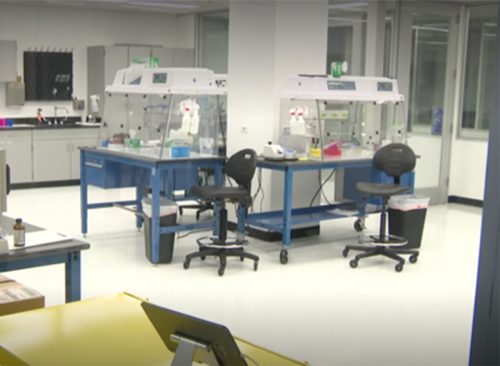Tylenol Murders Case: Investigators Are Ordering DNA Tests to Solve the 40-Year-Old Mystery
An intense investigation has identified a prime suspect.

It's one of America's most infamous unsolved murder mysteries, quite unlike any case before or since. It touched off a nationwide panic and dominated news headlines for months before fading away without an arrest, but not before changing over-the-counter medicine for good. In September 1982, someone introduced cyanide into capsules of extra-strength Tylenol that were purchased at Chicago-area drugstores. Seven people died within a week. An intense investigation has identified a prime suspect but no official charges. This week, CBS News reported that investigators have ordered DNA tests in hopes of finally closing the case. Read on to find out more about the case, and the technology that authorities hope will provide some meaningful clues.

News about the deaths resulting from the poisoned capsules caused a minor panic in 1982, in which tens of thousands of bottles of Tylenol were pulled from store shelves across the country. Some analysts predicted the brand would never return. It did, with tamper-resistant packaging, which is now standard for all over-the-counter medications.
The resulting investigation settled on a prime suspect, James Lewis, shortly after the poisonings were discovered. Lewis was arrested, charged, and convicted for writing letters threatening that killings would continue unless $1 million was wired to a bank account. But authorities didn't have enough evidence to charge him with the murders.

In 2010, DNA evidence was collected from Lewis, the Chicago Tribune reported. He is still alive, and Lewis refused to talk to a CBS reporter who attempted to interview him last summer. In September, law enforcement investigating reportedly visited Lewis' home to question him again.
The Arlington Heights, Illinois, Police Department is still investigating the deaths of three members of the same family who took the poisoned capsules. In 2020, the department started working with a Houston-based company, Othram, and its advanced forensic DNA technology in hopes of cracking the case, CBS News reported.

Authorities are still holding onto many pieces of evidence in the case, including the 40-year-old bottles and contaminated pills. Othram and the police department have not told reporters specifically what pieces of evidence in the Tylenol case are currently being tested. Even though the evidence is decades old, officials are optimistic that meaningful information can be gleaned from it via DNA.
"The technology is here," AHPD Sgt. Joe Murphy told CBS News. "DNA technology has advanced … to the point where we're confident that this technology will assist this investigation moving forward."

"Can you touch something and then get enough DNA to identify somebody? Yes. It doesn't matter if it's a pill bottle, a gun, a bullet, anything. You can. And it's been done," Kristen Mittelman, the chief development officer at Othram, told CBS News this week. "If there is DNA that is found, then we're likely to identify you," she said. "Even if it was degraded, even if it was mixed. Even if there were contaminations, even if you tried to wash it off."

"There are cases that we've completely solved – notorious cases we've completely solved – that we cannot speak of until law enforcement comes out and speaks of them or announces it themselves," Mittelman added. The company uses advanced technology to extract trace amounts of human DNA from items and analyze them, even if they're old or degraded.
The goal is to find distant relationships to a person police are trying to identify via thousands of markers in the human genome. The company's technology can analyze DNA smaller than the top of a pin needle, she said.














